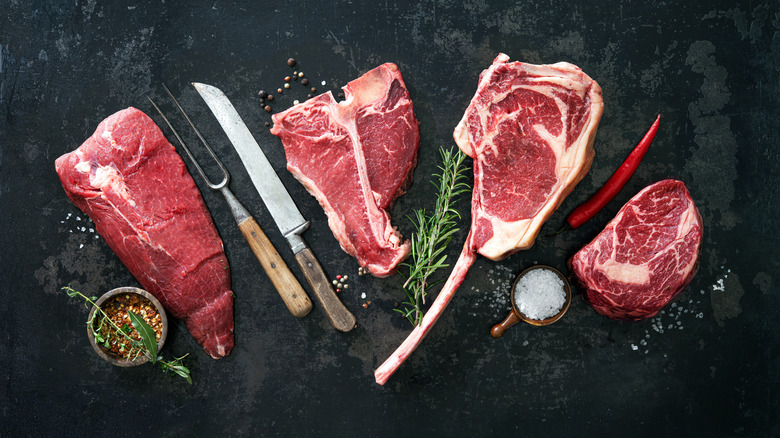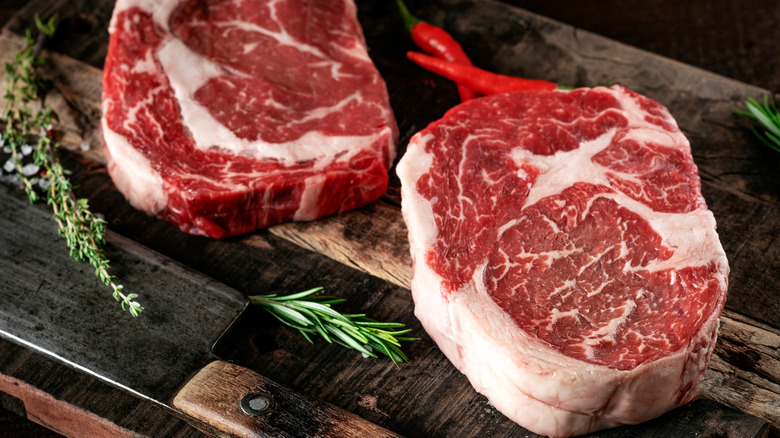Can You Cut Raw Meat On A Wooden Cutting Board?
When it comes to cutting boards, there are three main types: wooden, plastic, and pyroceramic. And when it comes to cutting raw meat, there are two schools of thought: those who believe that wooden cutting boards are the only way to go, and those who prefer plastic or pyroceramic cutting boards for raw meat.
But is one type of cutting board really better than the others when it comes to cutting raw meat?
Plastic and pyroceramic cutting boards are non-porous, which means they're less likely than wooden boards to harbor bacteria. However, they're not completely bacteria-resistant. That's why it's important to clean them thoroughly after each use — preferably in your dishwasher.
Another advantage of plastic and pyroceramic cutting boards is that they're less likely to suffer from knife marks than wooden boards. If you're looking for a cutting board that will stay looking new for years to come, either of these materials would be a good choice. But what about wooden cutting boards?
The case for cutting raw meat on wooden cutting boards
Wooden cutting boards have been used for centuries, and there's a reason they're still around today. Although more porous than plastic, wood is a naturally antimicrobial material, according to Hardwood Reflections — especially pine and oak — which means it's still resistant to bacteria and other microbes. As such, wooden boards are perfectly fine to use when cutting raw meat.
When it comes to cutting raw meat on a wooden cutting board, the key is to clean your cutting board thoroughly immediately afterward. Any residual bacteria will be killed by the heat of your dishwasher or by scrubbing it with dish soap. Once the board is clean, you can rest assured that it's safe to use for future meals.
The most important thing to remember when cutting raw meat on a wooden cutting board (or any cutting board, for that matter) is to use a separate board for raw meat and for cooked meat, as well as fresh fruits and vegetables (per Southern Living). This will help prevent cross-contamination and reduce the risk of food poisoning.
As long as you are practicing safe food handling methods, you can use any type of cutting board you prefer.

